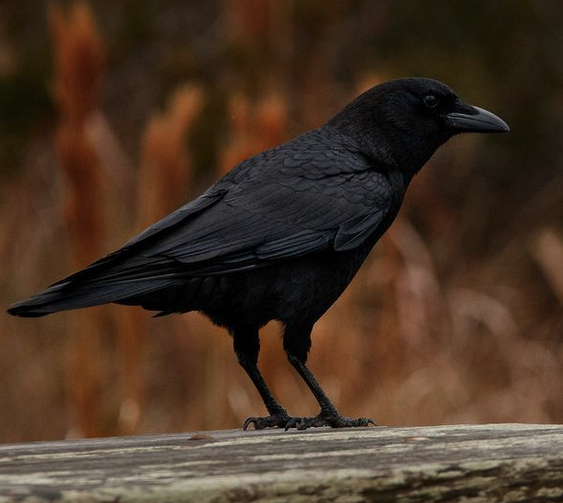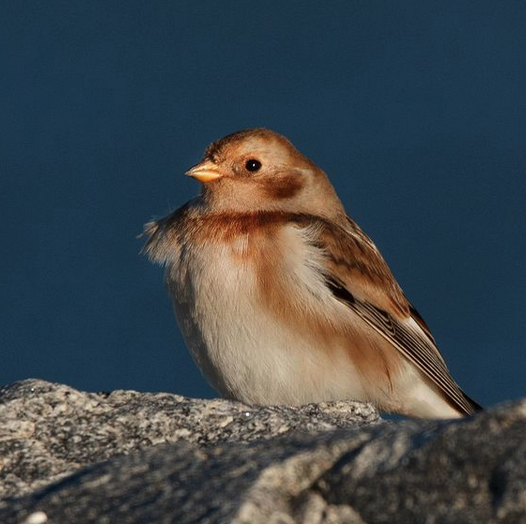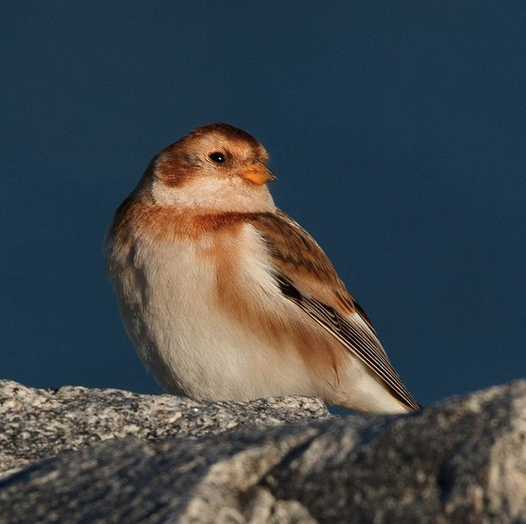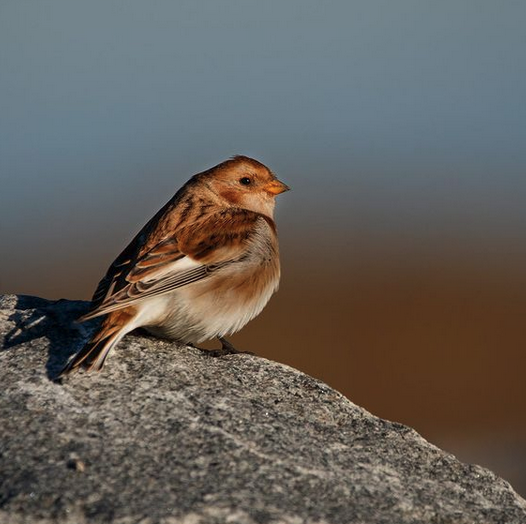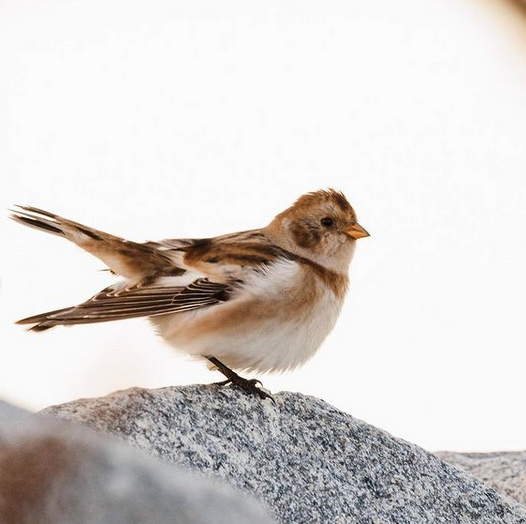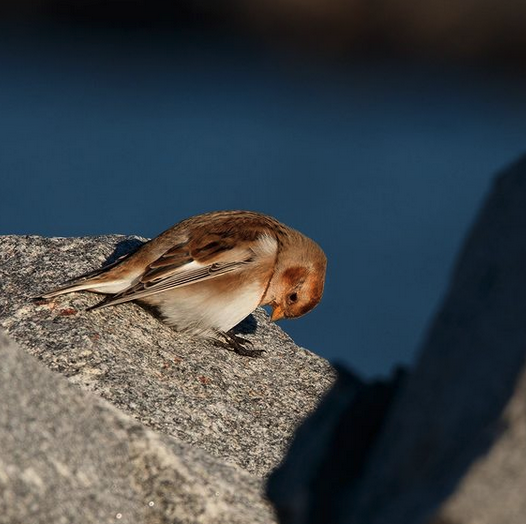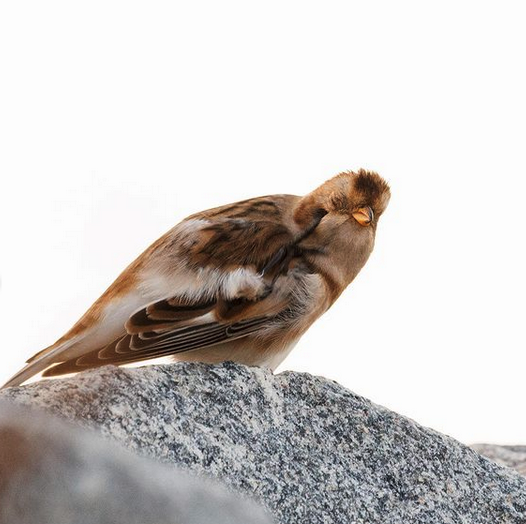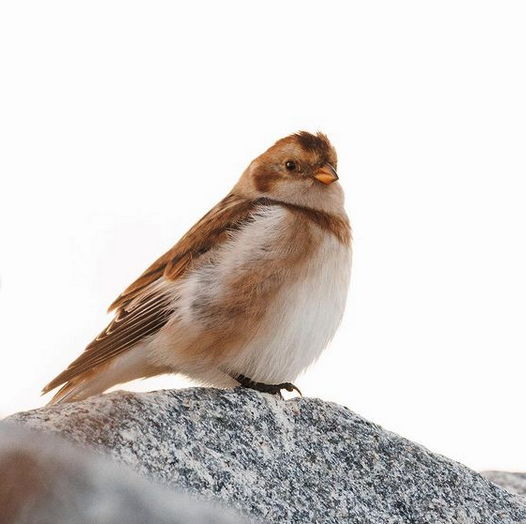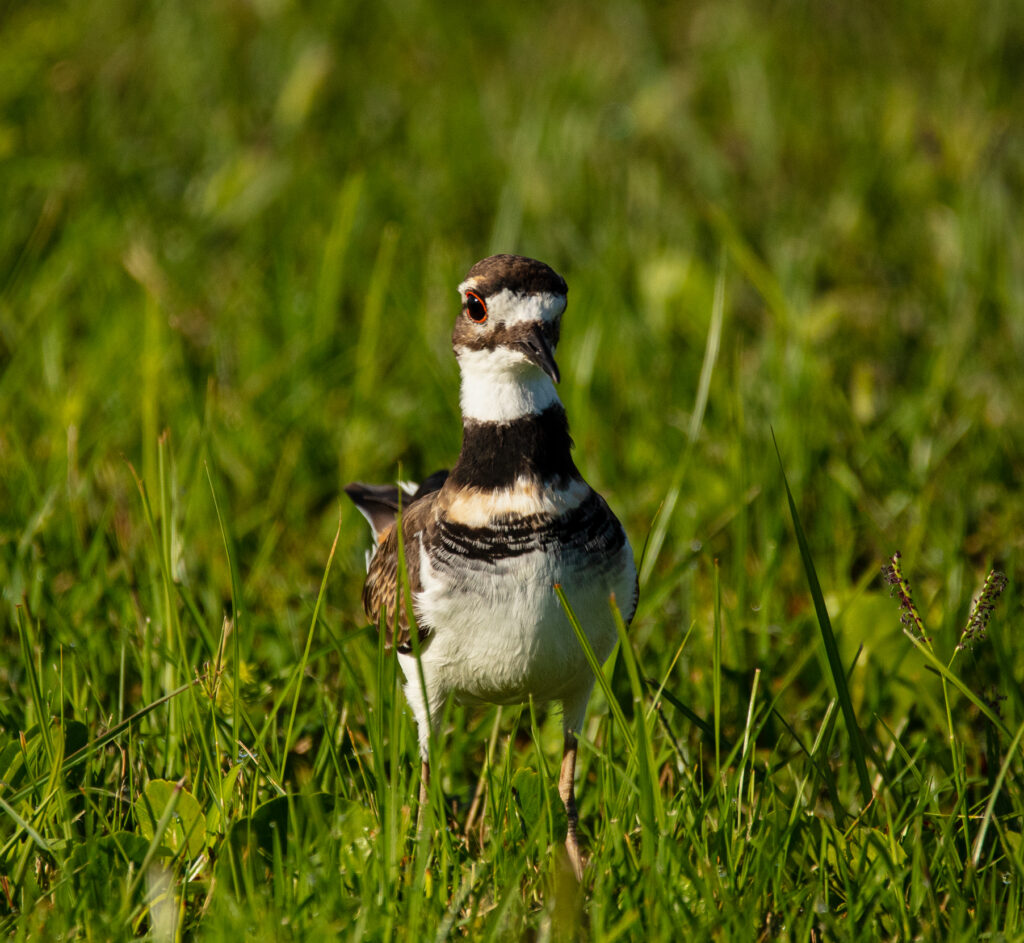By Sally Siko
Pleased to spend time with a resting flock of Marbled Godwits last week while birding in eastern NC.
I’d been scouting the area for newly arrived migratory waterfowl when I discovered this sleepy group snoozing on the shore of a large pond.
I ended up just chilling on the sand next to them for about 30 minutes taking in the nice view and of course a few photos too.

Marbled Godwits are an autumn and wintertime resident of North Carolina and found mainly looking for a meal on the mudflats in the shallow water tidal marshes and impoundments of our coastal counties.
Their diets mainly consist of marine worms and small crustaceans but they’ll also eat insects and other invertebrates when the opportunity arises.
When feeding, they’ll move slowly probing for food underneath the mud with their sensitive bill. If a Godwit finds prey deep down they’ll insert their entire bill into the mud, sometimes submerging their entire head if it means coming up with a snack.
Yes, muddy headed Godwits are a thing lol!

Standing at around 18 inches tall, these attractive cinnamon colored birds are relatively easy to ID in a mixed flock of smaller shorebirds such as sandpipers, Willets, Dowichers and plovers.
They’ll stick around the coastal counties of NC through late March so you’ve still got plenty of time to see one for yourself this year.
Aren’t they beautiful?
Photos & video by @sally_siko of @bestlife_birding captured on my mighty mirrorless monster, the @canonusa #R5


